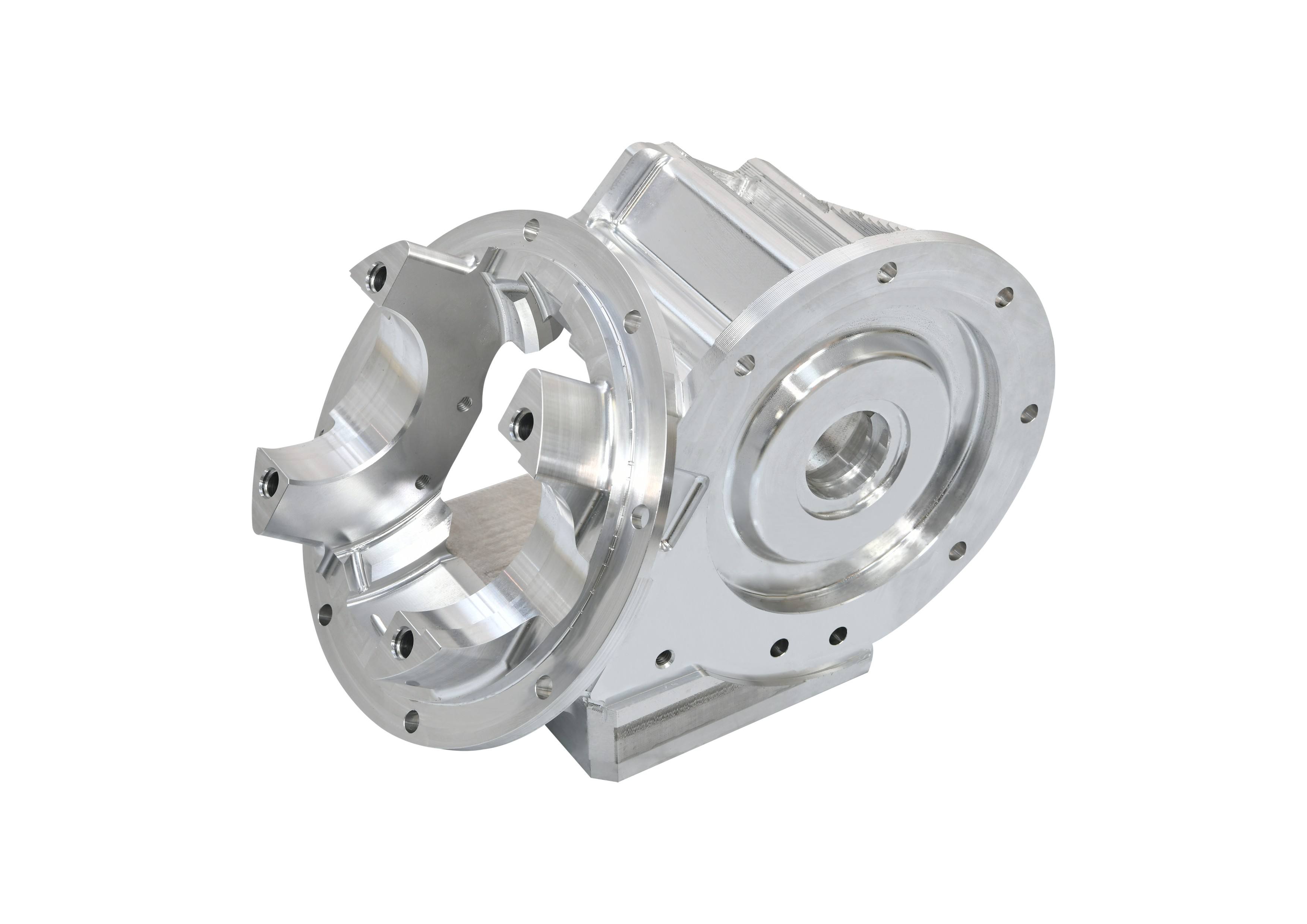2025-09-26 15:14:22
In modern precision manufacturing, 5 Axis CNC Milling Service has become a vital technology for producing complex parts with high accuracy and efficiency. This article provides a detailed overview of 5 Axis CNC milling, including how it works, its components, applications, advantages, and limitations.

5 Axis CNC milling is a process in which a computer-controlled machine tool moves a cutting tool along five axes simultaneously. Unlike traditional 3-axis milling that only moves along X, Y, and Z axes, 5-axis milling also allows rotational movement around two additional axes. This capability enables the production of complex shapes, angled surfaces, and intricate geometries in a single setup.
5 Axis CNC milling works through the combination of CAD/CAM programming and precise mechanical control:
A digital 3D model is created using CAD software.
CAM software generates tool paths for the milling machine.
The workpiece is mounted on the machine bed.
The cutting tool moves along X, Y, Z, and rotational A and B axes to remove material with high precision.
Integrated controls adjust feed rate, spindle speed, and tool position for accurate results.
This simultaneous movement allows machining of complex surfaces without repositioning the workpiece multiple times.
There are several types of 5-axis CNC milling operations:
Simultaneous 5-Axis Milling: Both rotational axes move at the same time as the linear axes, ideal for complex surfaces.
3+2 Milling (Positional 5-Axis): Rotational axes are fixed while linear axes perform machining; suitable for angled features.
High-Speed 5-Axis Milling: Optimized for rapid material removal while maintaining precision.
A typical 5-axis CNC milling machine includes:
Control System: For programming and operation.
Spindle: Rotates cutting tools at high speed.
Rotary Tables / Tilting Heads: Enable movement along additional axes.
Tool Changer: Automatically swaps tools for different operations.
Work Table: Holds and positions the workpiece.
Coolant System: Reduces heat and improves surface finish.
5-axis CNC machines can be classified into:
Table-Table Type: Both rotary axes in the table; compact and precise.
Head-Head Type: Rotary axes in the spindle head and table; ideal for large parts.
Head-Table Type: Combines spindle and table rotation for versatile applications.
Gantry 5-Axis Mills: Large machines suitable for heavy or oversized parts.
Critical parameters include:
Spindle Speed (RPM)
Feed Rate
Tool Path Accuracy
Rotational Axis Range
Depth of Cut and Step Over
Coolant Flow Rate
Proper selection of these parameters ensures high precision, optimal tool life, and surface quality.
5 Axis CNC milling can machine a wide range of materials:
Metals: Aluminum, Stainless Steel, Titanium, Brass, Copper
Plastics: Acrylic, Nylon, Polycarbonate
Composites: Carbon Fiber, Fiberglass
Wood and MDF for prototyping
Industries using 5-axis CNC milling include:
Aerospace: Engine components, turbine blades, airframes
Automotive: Engine blocks, molds, suspension parts
Medical: Surgical instruments, implants
Electronics: Enclosures and precision connectors
Industrial Equipment: Gears, housings, complex machinery components
5 Axis CNC milling offers:
High Precision: Achieve complex shapes with tight tolerances.
Reduced Setup Time: Multiple angles machined in a single setup.
Improved Surface Finish: Smooth surfaces due to continuous tool engagement.
Flexibility: Handles a wide variety of materials and geometries.
Cost Efficiency for Complex Parts: Reduces the need for multiple fixtures.
While versatile, it has limitations:
High initial investment and maintenance costs.
Requires skilled operators and programming expertise.
Large or very small parts may require specialized tooling.
For high-precision or complex parts, 5-axis CNC milling is cost-effective because it reduces labor, minimizes setup errors, and allows production of geometries that would be impossible with traditional milling. For simple parts, 3-axis milling may be more economical.
Machining time depends on material, part complexity, and tool path strategy. Simple geometries may take minutes, while intricate aerospace or automotive components may require several hours. Optimized CAM programming and high-speed machining can significantly reduce production time.
Effective milling requires:
Proper tool selection and maintenance
Accurate CAM programming and tool path optimization
Stable workpiece fixturing
Correct spindle speed and feed rates
Use of appropriate coolant to reduce heat and tool wear
CNC milling removes material using a rotating cutting tool, while CNC turning rotates the workpiece and uses stationary tools. Milling allows for more complex shapes and surfaces, whereas turning is ideal for cylindrical parts.
While drilling creates cylindrical holes, 5-axis milling can also machine angled holes, pockets, and 3D surfaces in a single setup. Drilling is often integrated into milling operations for complete part machining.
Unlike lathes that produce parts by rotating the workpiece, 5-axis milling machines cut from multiple directions, enabling complex geometries that are impossible on a lathe alone.
The maximum achievable depth depends on spindle reach, tool length, and machine configuration. Advanced machines and specialized tooling allow deep cavities and intricate features to be machined efficiently.
5 Axis CNC Milling Service is an essential technology in modern manufacturing, offering unmatched precision, flexibility, and efficiency. Its ability to machine complex geometries, reduce setup times, and work with a wide range of materials makes it indispensable in aerospace, automotive, medical, and industrial applications. While the initial investment is high, the long-term benefits in quality, efficiency, and versatility make 5-axis CNC milling a highly valuable manufacturing solution.